Analytical BalanceAnalytical balances are precision measuring instruments used in quantitative chemical analysis, to determine the mass of solid objects, liquids, powders and granular substances. Their readability has a range between 0.1mg - 0.01mg. Analytical balances have a draft shield or weighing chamber to prevent the very small samples from being affected by air currents.
Precision BalancePrecision balances are available in a wide range of capacities, from several hundred grams up to kilograms. They’re not as precise as analytical balances, but more precise than the average bench or compact scale. Also, precision balances have a higher capacity than analytical balances, but a lower readability.
RefractometerRefractometers measure the degree to which the light changes direction, called the angle of refraction. A refractometer takes the refraction angles and correlates them to refractive index (nD) values that have been established. Using these values, you can determine the concentrations of solutions.
CentrifugeA centrifuge is a laboratory device that is used for the separation liquid, based on density. Separation is achieved by spinning a vessel containing material at high speed. The centrifugal force pushes heavier materials to the outside of the vessel.
Shaking WaterbathA shaking waterbath is a laboratory device that is used to steadily shake and mix samples while maintaining a constant temperature.
Drying OvenA drying oven is designed to remove moisture from the oven chamber so to dry the samples as quickly as possible. The drying oven process introduces fresh dry air to the chamber and expels the warm moist air simultaneously allowing to rapidly dry the samples. A drying oven provides high-performance drying and heating
Hot Plate StirrerHot plate stirrer / hot plate magnetic stirrer keeps liquids circulating as they are heated for a faster, more even reaction. They are very useful when you need to mix component, either solids or liquids and get a homogeneous liquid mixture while heating.
Vortex MixerA vortex mixer is a simple device used commonly in laboratories to mix small vials of liquid. It consists of an electric motor with the drive shaft oriented vertically and attached to a cupped rubber piece mounted slightly off-center. As the motor runs the rubber piece oscillates rapidly in a circular motion. When a test tube or other appropriate container is pressed into the rubber cup (or touched to its edge) the motion is transmitted to the liquid inside and a vortex is created.
pH meterA pH meter is an instrument used to measure acidity or alkalinity of a solution - also know as pH. Fundamentally, a pH meter consists of a voltmeter attached to a pH-responsive electrode and a reference (unvarying) electrode. The pH-responsive electrode is usually glass, and the reference is usually a mercury–mercurous chloride (calomel) electrode. When the two electrodes are immersed in a solution, they act as a battery. The glass electrode develops an electric potential (charge) that is directly related to the hydrogen-ion activity in the solution, and the voltmeter measures the potential difference between the glass and reference electrodes.
Conductivity MeterConductivity meter is used to measure the amount electrical current in a solution. This electric device used for determining the purity of water. Conductivity meter usually consist of a probe which is used for measurements. This probe is placed in the liquid to be measured and the other meter applies the voltage between the two electrode inside probe. The meter reads the drop in the volatage caused by the electrical resistance from the solution.
BlenderLaboratory blender is used to mix, purée, or emulsify food and other substances.
Spektrofotometer UV-VisUV-Vis Spectroscopy (or Spectrophotometry) is a quantitative technique used to measure how much a chemical substance absorbs light. This is done by measuring the intensity of light that passes through a sample with respect to the intensity of light through a reference sample or blank. This technique can be used for multiple sample types including liquids, solids, thin-films and glass. UV VIS spectroscopy is a powerful analytical chemistry technique for determining concentration of analytes in a sample and tracking chemical reactions.
Water PurifierWater purifier can produce Purified Water (Type II) for general laboratory use and Ultrapure Water (Type I) for highly sensitive applications from tap water.
Ultrasonic BathUltrasonic bath uses sound waves to agitate particles in solution. Such disruptions can be used to mix solutions, speed the dissolution of a solid into a liquid (like sugar into water), and remove dissolved gas from liquids.
Vacuum PumpLaboratory vacuum pumps are used to provide suction to drive the aspiration or filtration of liquid or suspended samples and to induce or control solvent evaporation by reducing vapor pressure, as in ovens, rotary evaporators, gel dryers, and concentrators
MicrolabInterface for general chemistry experiment, i.e : titration, electrochemistry, redox, scanning spectrofotometer, and gas experiment.
Fume hoodA laboratory fume hood is a type of ventilation system that primarily functions to provide personnel protection against toxic fumes, vapors and dust. Its secondary function includes protection against chemical spills, runaway reactions and fires by acting as a physical barrier.
